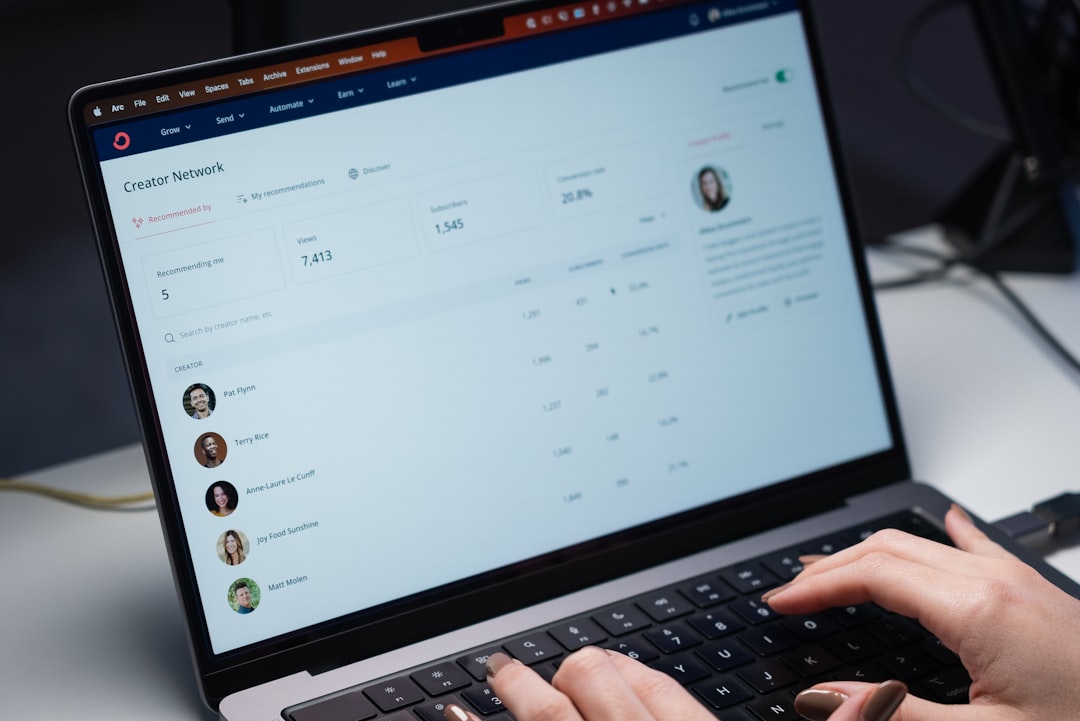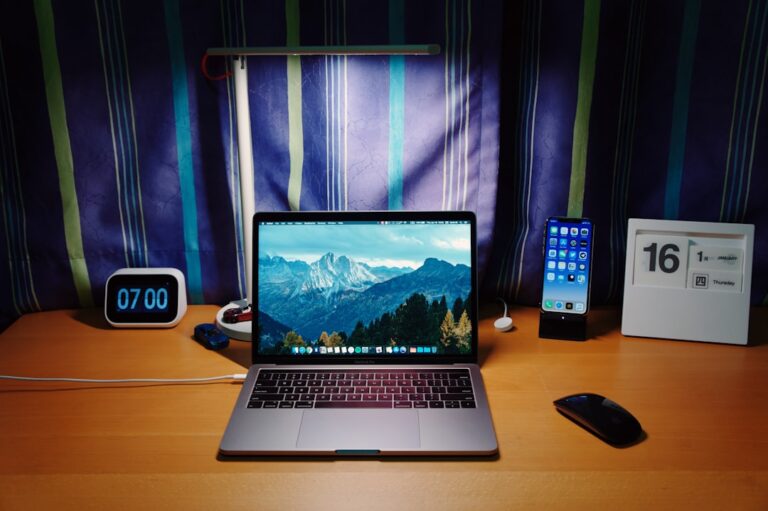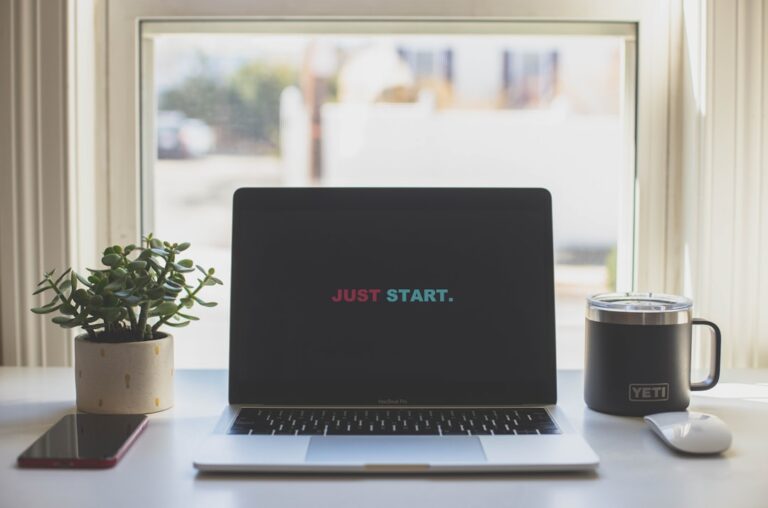
Does opening your email feel like bracing for impact? Or maybe it’s that slow dread that creeps in knowing a mountain of messages is waiting for you. Yeah, I know that feeling all too well. For years, my inbox was this digital monster constantly demanding my attention. It made me feel overwhelmed and unproductive. Honestly, it was just another messy corner of my life back when I was juggling bigger battles like overcoming unhealthy habits and trying to find a healthier path.
But here’s the good news. Just like I learned to tackle those bigger challenges one small step at a time – like losing over 110 pounds or building a routine that actually worked for me – I discovered that taming the email beast is also possible. It’s not about some magic trick but about finding what works and sticking to it. If I managed to turn things around, trust me, you absolutely can too. So, let’s dive into some ways to get your email under control so you can breathe a little easier and focus on what truly matters.
Shift Your Email Mindset
Before we even get to the "how-to" stuff, let's talk about how we think about email. Sometimes, a small shift in perspective can make a huge difference.
- Email is a tool, not your boss. Remember that. You control when and how you use it. It shouldn't dictate your day.
- Your inbox is not a to-do list. It’s a delivery system. Trying to manage your tasks from your inbox is a recipe for disaster. I learned this the hard way.
- Aim for "processed," not "inbox zero" (unless that truly works for you). For some, inbox zero is motivating. For others, it’s a source of stress. The goal is to ensure every email gets the attention it needs, not just to see an empty screen.
Smart Strategies for Processing Email
Okay, now for the practical bits. How do you actually deal with the emails that land in your inbox?
- Schedule specific email times. Instead of constantly checking, dedicate a few blocks of time each day. Maybe morning, midday, and late afternoon. This was a game-changer for me. It helped me break the cycle of constant distraction, much like how setting specific times for deep work (even if just 2-4 hours) boosted my overall productivity.
- Turn off notifications. Those dings and pop-ups are focus killers. Seriously, turn them off on your phone and computer.
- The Two-Minute Rule. If an email takes less than two minutes to read and respond to, do it immediately. If it takes longer, schedule it or move it to a task list.
- Touch It Once. Try to deal with each email the first time you open it. Decide if you need to reply, delete, archive, or delegate. Avoid reading and re-reading emails without taking action.
- Unsubscribe ruthlessly. Be honest. How many newsletters do you actually read? If it’s not adding value, hit that unsubscribe button. No guilt.
- Use templates for common replies. If you find yourself typing the same things over and over, save them as templates. This saves so much time.
- Don’t reply to everything. Not every email needs a response. Sometimes, a "like" or no response is perfectly fine, especially for "FYI" messages.
- Be clear and concise in your own emails. Get to the point. Use clear subject lines. This helps others process your emails faster and often leads to quicker, more effective responses.
- Set an out-of-office reply when you're truly unavailable. This manages expectations and gives you permission to disconnect.
- Delay sending if you're emotional. If an email makes you angry or upset, draft it, save it, and walk away. Revisit it later when you’re calm.
Organizing Your Digital Mailbox
A little bit of organization can go a long way in keeping the overwhelm at bay.
- Keep your folder system simple. You don’t need dozens of folders. A few key ones like "Action Needed," "Waiting For," "Read/Review," and "Archive" can be very effective.
- Archive, don’t delete (mostly). Storage is cheap. Archiving means you can search for old emails if needed, but they’re out of your main inbox. Delete obvious junk, of course.
- Use search, don't just sort. Modern email platforms have powerful search functions. Get comfortable using them to find what you need quickly.
- Process your inbox to zero (or near zero) regularly. This doesn’t mean you’ve done everything. It means you’ve processed everything – replied, delegated, moved to a task list, or archived.
- Consider a "Waiting For" folder or label. If you're waiting for a reply on something important, move the original email here so you can follow up.
- Filter or use rules for regular emails. Automatically sort newsletters, notifications, or less urgent emails into specific folders so they bypass your main inbox.
Tools and Techniques to Help
You don’t need a fancy system, but some tools and techniques can make life easier.
- Use your email program's features. Most email clients (like Gmail, Outlook) have built-in tools like flags, categories, snooze functions, and scheduling. Learn how to use them.
- Keyboard shortcuts are your friend. Learning a few common shortcuts for your email program can speed things up significantly.
- Try the "batching" technique. Handle similar tasks together. For example, process all your quick replies in one go, then all your archiving.
- Schedule "email deep dives." For emails that require more thought or longer responses, block out dedicated time in your calendar.
- Don't be afraid to declare email bankruptcy. If your inbox is truly out of control (thousands of unread messages), sometimes the best thing is to archive everything older than a month and start fresh. It sounds drastic, but it can be liberating.
Maintaining Your Email Zen
Once you’ve got a system, the key is to maintain it. It’s like any healthy habit. Consistency is everything.
- Review your system periodically. What’s working? What’s not? Don’t be afraid to tweak things.
- Don't let it pile up. Even 15-20 minutes of focused email processing a day is better than letting it become a mountain again.
- Remember your "why." Why do you want to manage your email better? Is it for less stress? More focus? More time for things you love? Keeping that in mind helps. For me, managing small things like email became part of a bigger picture of creating a more ordered and purposeful life. When I was working on my faith and trying to find a closer relationship with God, I realized that stewarding my time and energy well, even in digital spaces, mattered.
- Celebrate small wins. Every time you clear your inbox or unsubscribe from a bunch of junk, acknowledge it. It’s a step in the right direction. Just like celebrating small victories on my weight loss journey kept me motivated, these little email wins add up.
Managing email doesn't have to be a constant battle. It’s about finding a rhythm and a set of practices that work for you. It took me time and a fair bit of trial and error, but the peace of mind that comes from a managed inbox is so worth it.
So, what’s one small thing from this list you could try this week? Just pick one. Don’t try to do it all at once. Small, consistent steps are what lead to big changes. You’ve got this.





